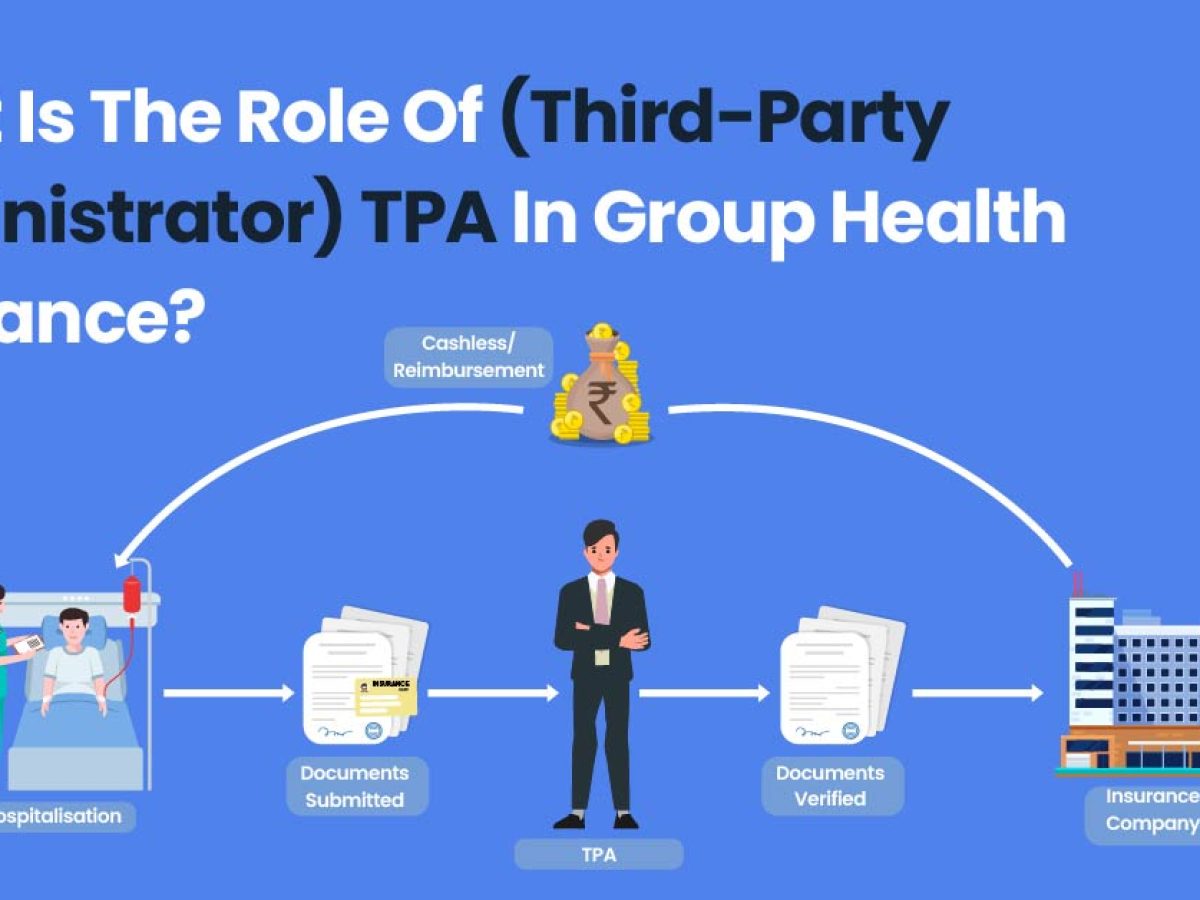What Does Pacific Prime Mean?
The Buzz on Pacific Prime
Table of ContentsUnknown Facts About Pacific PrimeThe Ultimate Guide To Pacific PrimePacific Prime - QuestionsThe Facts About Pacific Prime Uncovered7 Easy Facts About Pacific Prime Shown

This is because the information were accumulated for a duration of solid economic efficiency. Of the estimated 42 million people who were uninsured, just about about 420,000 (about 1 percent) were under 65 years of age, the age at which most Americans end up being qualified for Medicare; 32 million were grownups between ages 18 and 65, around 19 percent of all grownups in this age group; and 10 million were youngsters under 18 years old, concerning 13.9 percent of all children (Mills, 2000).
These price quotes of the number of individuals uninsured are created from the annual March Supplement to the Current Populace Study (CPS), conducted by the Demographics Bureau. Unless or else kept in mind, national quotes of people without health insurance and proportions of the populace with various type of insurance coverage are based upon the CPS, one of the most commonly used source of price quotes of insurance protection and uninsurance rates.
Some Of Pacific Prime

Still, the CPS is particularly valuable due to the fact that it generates yearly estimates reasonably quickly, reporting the previous year's insurance policy coverage estimates each September, and due to the fact that it is the basis for a constant set of price quotes for even more than 20 years, enabling analysis of fads in coverage over time. For these factors, along with the extensive usage of the CPS in various other researches of insurance policy coverage that are presented in this report, we rely upon CPS estimates, with constraints kept in mind.

The estimate of the variety of uninsured individuals broadens when a population's insurance coverage status is tracked for numerous years. Over a three-year period starting early in 1993, 72 million individuals, 29 percent of the united state population, were without insurance coverage for at least one month. Within a single year (1994 ), 53 million people experienced a minimum of a month without coverage (Bennefield, 1998a)
6 out of every ten without insurance adults are themselves used. Functioning does improve the chance that one and one's household members will have insurance, it is not an assurance. Even participants of households with two full time breadwinner have nearly a one-in-ten chance of being without insurance (9.1 percent uninsured price) (Hoffman and Pohl, 2000).
The Of Pacific Prime
New immigrants represent a substantial percentage of individuals without health and wellness insurance coverage. One evaluation has actually attributed a significant section of the recent growth in the dimension of the united state without insurance population to immigrants who showed up in the nation in between 1994 and 1998 (Camarota and Edwards, 2000). Recent immigrants (those that came to the United States within the past 4 years) do have a high rate of being uninsured (46 percent), however they and their youngsters account for just 6 percent of those without insurance policy nationally (Holahan et al., 2001).
The connection between health and wellness insurance coverage and access to care is well developed, as recorded later in this phase. The relationship in between health insurance policy and health outcomes is neither direct neither simple, a substantial scientific and health and wellness services study literary works links health insurance protection to enhanced accessibility to care, better top quality, and boosted personal and populace wellness condition.
Levels of analysis for analyzing the results of uninsurance. This discussion of wellness insurance coverage focuses primarily on the united state population under age 65 due to the fact that practically all Americans 65 and older have Medicare or other public insurance coverage. Moreover, it focuses especially on those without any type of health and wellness insurance for any kind of size of time.
Not known Facts About Pacific Prime
The troubles encountered by the underinsured remain in some respects similar to those dealt with by the uninsured, although they are typically less severe. global health insurance. link Uninsurance and underinsurance, nonetheless, entail clearly various plan concerns, and the approaches for resolving them might differ. Throughout this research study and the 5 records to follow, the major focus is on individuals without any health and wellness insurance coverage and therefore no help in paying for healthcare past what is offered with charity and security web organizations
Health insurance is a powerful aspect affecting invoice of treatment because both patients and physicians reply to the out-of-pocket cost of services - https://www.kickstarter.com/profile/pacificpr1me/about. Health insurance policy, however, is neither needed nor adequate to access to clinical services. The independent and direct impact of health insurance protection on accessibility to wellness services is well established.
Others will get the healthcare they require even without medical insurance, by paying for it expense or seeking it from companies that supply treatment totally free or at very subsidized rates. For still others, medical insurance alone does not guarantee invoice of care as a result of other nonfinancial barriers, such as an absence of healthcare companies in their community, limited accessibility to transport, illiteracy, or etymological and cultural differences.
Rumored Buzz on Pacific Prime
Official study concerning uninsured populations in the United States dates to the late 1920s and early 1930s when the Committee on the Cost of Healthcare created a collection of records concerning funding doctor office check outs and hospital stays. This issue came to be significant as the numbers of clinically indigent climbed up throughout the Great Depression.